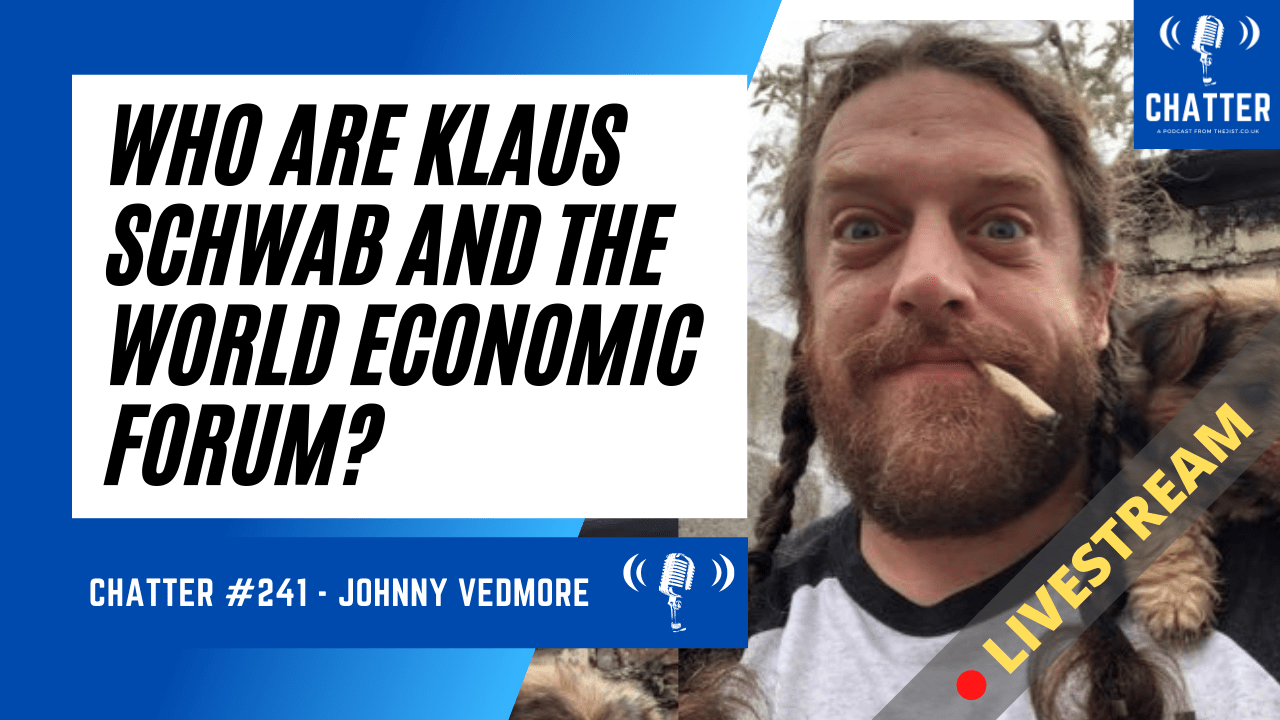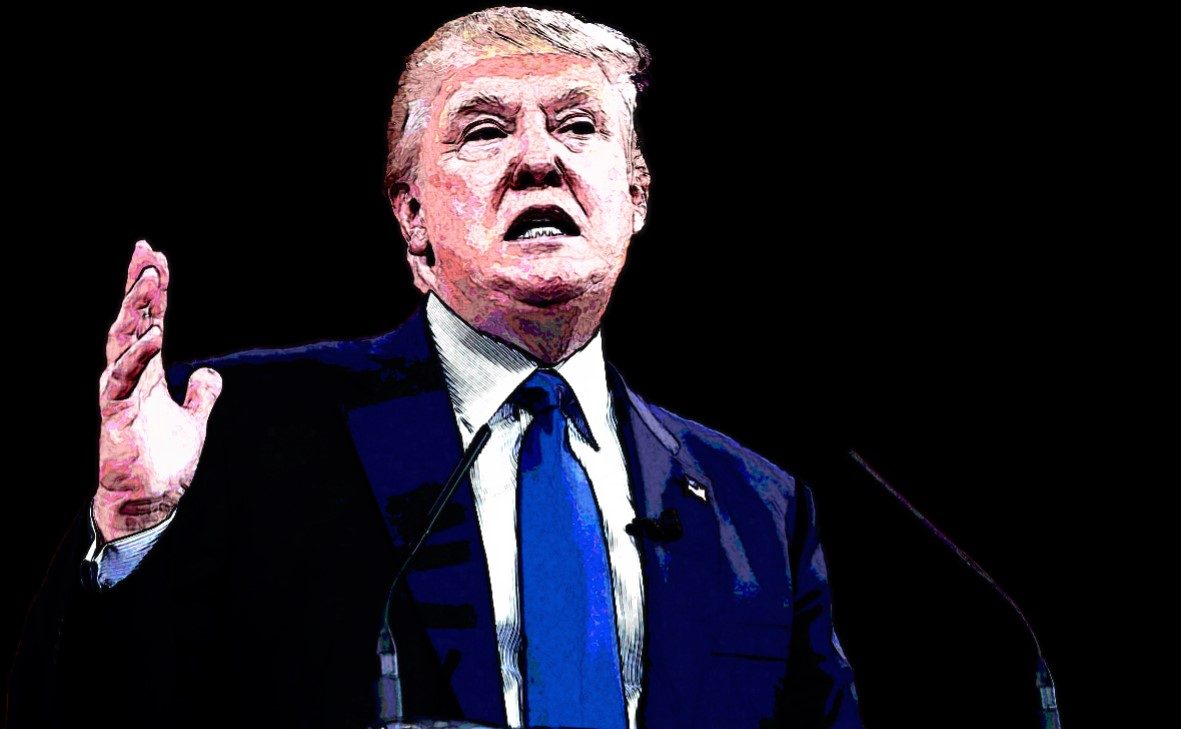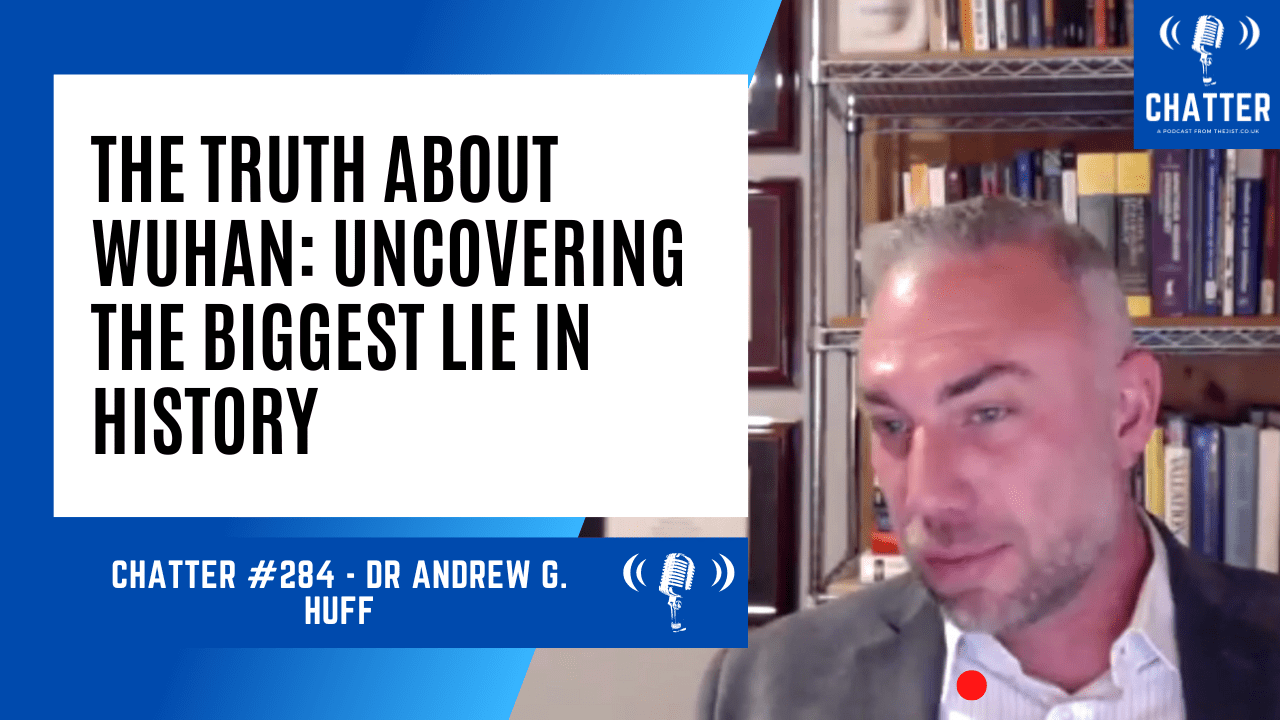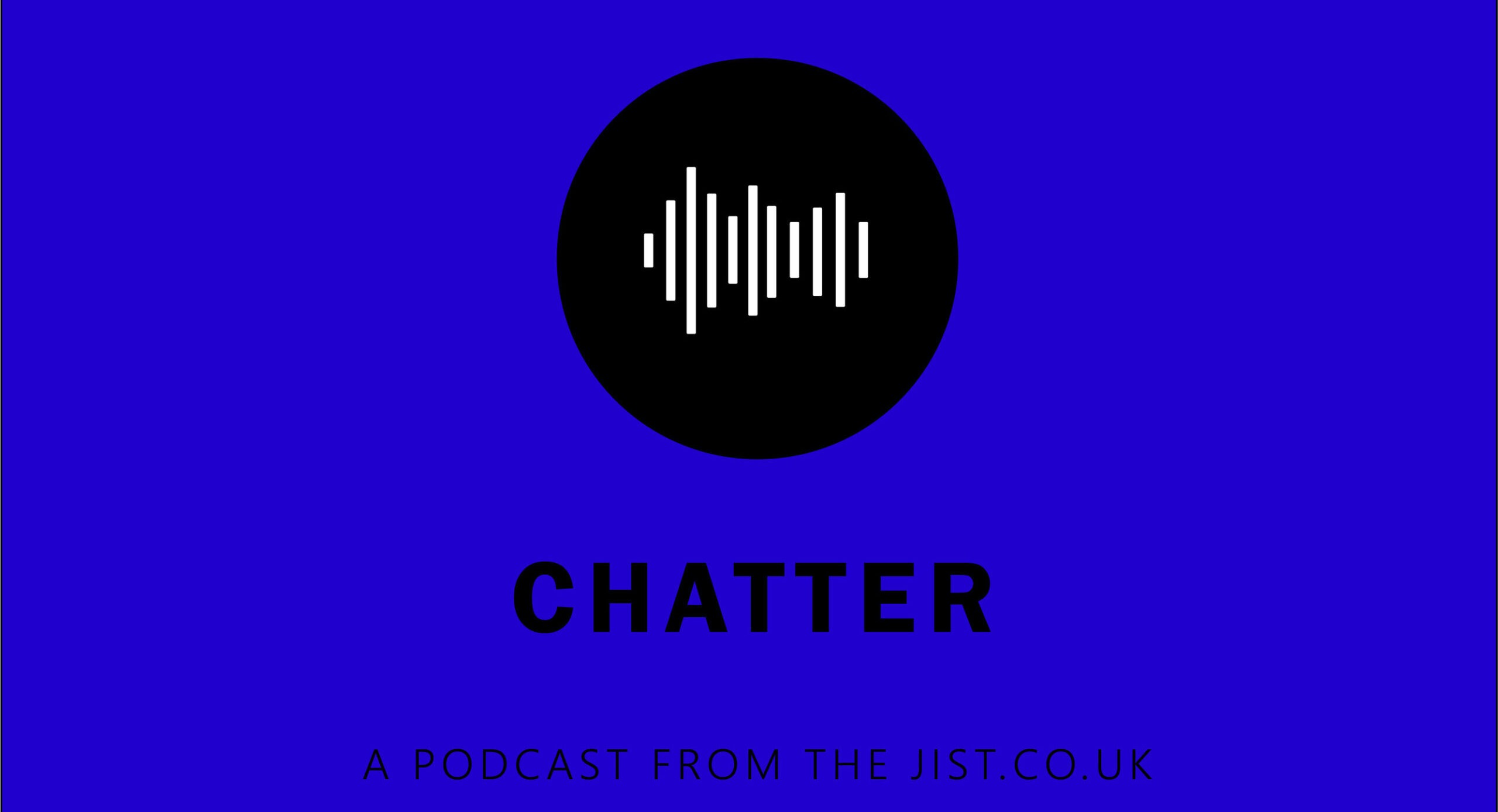After a long and stressful election night, the results are in. Jeremy Corbyn has defied the British establishment, forced a hung parliament, and secured his leadership for the foreseeable future. He encouraged more young people to vote than many thought was possible and came within two and a half percentage points of the Tories. Few expected such a shocking result, but now Theresa May has been left to pick up the pieces and attempt to form a coalition.
She has wasted no time in going to the Queen to ask to form a government with the DUP, but she can hardly be blamed for her speed given that Brexit talks are set to begin in less than two weeks. However, the British public are unlikely to take quickly to a minority Tory government propped by the DUP given the “coalition of chaos” rhetoric that was banded around during the campaign, especially once they realise what exactly the DUP stand for. That this anti-abortion, anti-LGBT rights, climate change denying, young earth party has suddenly become the most powerful party in the UK is unlikely to sit well with Labour and Conservative voters alike.
EU leaders have already come out to criticise Theresa May’s backfiring decision to call an election, Jeremy Corbyn has called for her resignation, and inside Tory HQ there have been rumblings of leadership challenges from Boris Johnson and Amber Rudd (amongst others). So how long can this coalition last before the Tories or Theresa May succumb to the strains of a minority government?
The Tories are going to have an incredibly difficult job legislating in the next parliament; their manifesto was generally poorly received and they are going to have to fight tooth and nail to pass every single piece of legislation. A handful of abstentions or dissenting votes could derail every single policy proposal and with a number of Conservatives protecting tiny majorities, it could be almost impossible for the Conservatives to govern effectively. Even with the DUP votes this is the smallest majority held by a government since Harold Wilson in 1974.
Interestingly, John McDonnell was on the BBC this morning with Andrew Neil discussing the similarities between 1974 and 2017 – the Conservatives called an election, Labour formed a minority government, and called another election several months later which gave them a three seat majority. If the Conservatives struggle to govern in the coming months, we could see another election called by Theresa May (or a replacement) or a vote of no confidence resulting in a dissolution of parliament and another General Election.
Theresa May’s leadership has already been questioned by numerous senior Tories (in public and private) and given that she has lost them their majority from a seemingly insurmountable polling lead, it is only natural that her leadership would come into question. However, the Conservatives should be wary of another change of leadership, they have already lost numerous party members over the last 18 months to resignations, electoral defeats, and walkouts including George Osborne, David Cameron, Jane Ellison, and Ben Gummer, so the public could grow tired of their revolving door policy. A leadership challenge would leave the country back where we started before the election, with an un-elected PM, but with a weaker and more unstable government as well. Senior Tories should think twice before ousting Mrs May.
Whatever happens in the coming weeks and months, Jeremy Corbyn has put himself in poll position to be the next elected Prime Minister. If the Conservatives hold on for the full term, the country will be in the midst of the economic woes that Brexit could bring, whilst if there is another election called, public resentment of the Tories for destabilising the country could mean an even greater electoral defeat; all we can do is wait and see what happens!





One thought on “How Long Will The Tories Last?”
There is definately a great deal to find out about this issue. I like all of the points you’ve made.